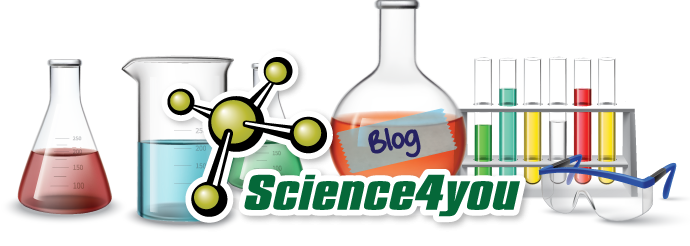Can you make an egg bounce? Try this simple chemistry experiment and watch an eggshell dissolve!
Materials needed:
– Egg (raw);
– Jug;
– Vinegar;
– Dye (optional) to test a different coloured egg.

Step by step:
– Put the eggs in the jar – be careful not to break them;
– Add the vinegar so that it submerges the egg;
– Wait between 48h/72h for the chemical reaction to take place; At this stage you can start to see the eggshell effervescing;
– Carefully remove the eggs from the jar. You can rinse them in warm water.
Throw the eggs onto the table from a short distance and see how they bounce. If you throw the egg a longer distance, it will break.
What you can see:
The eggshell has a substance called calcium carbonate that makes it hard. When we add vinegar (an acid) to the egg, a chemical reaction takes place between the vinegar and the calcium carbonate. In this reaction, a gas (carbon dioxide) is formed. The eggshell disappears because it wears away during the reaction, while the membrane around the inside of the egg doesn’t react and becomes elastic; the egg is translucent and you can see inside.
We can also see that the egg increases in size, a phenomenon called osmosis;
Tip: If you want to make your experiment even more fun, you can try it with eggs of different sizes or add food colouring to the vinegar to get different coloured eggs;
You can see the step by step of this experiment and the results on our youtube channel!




